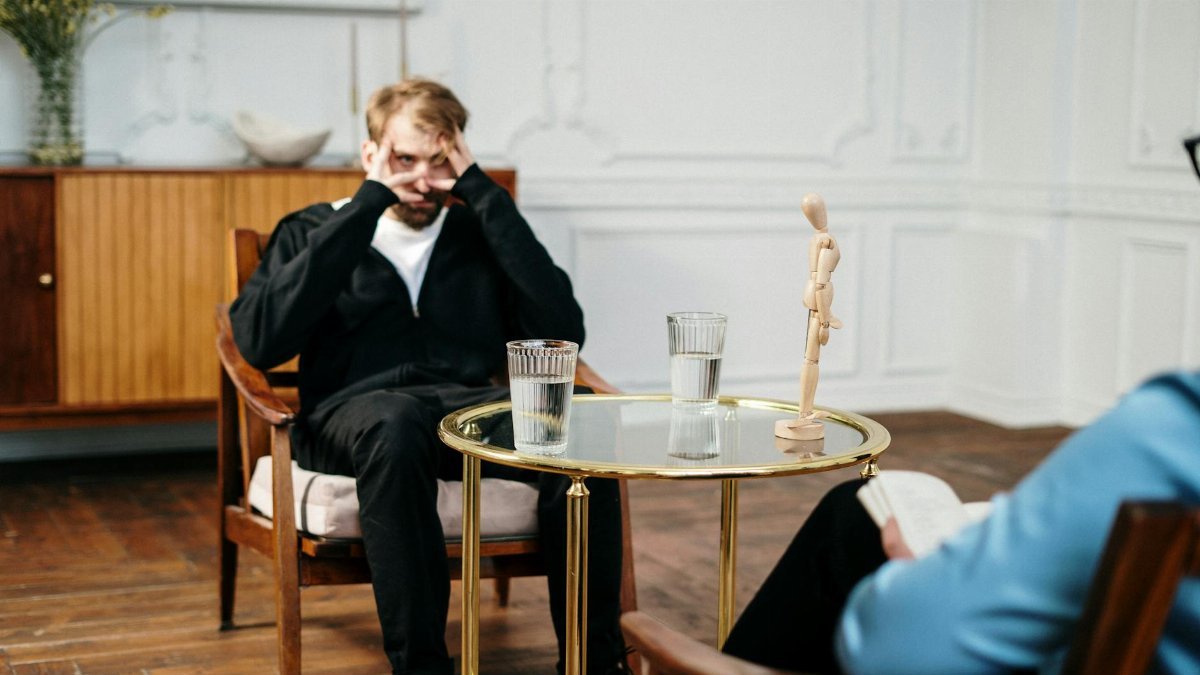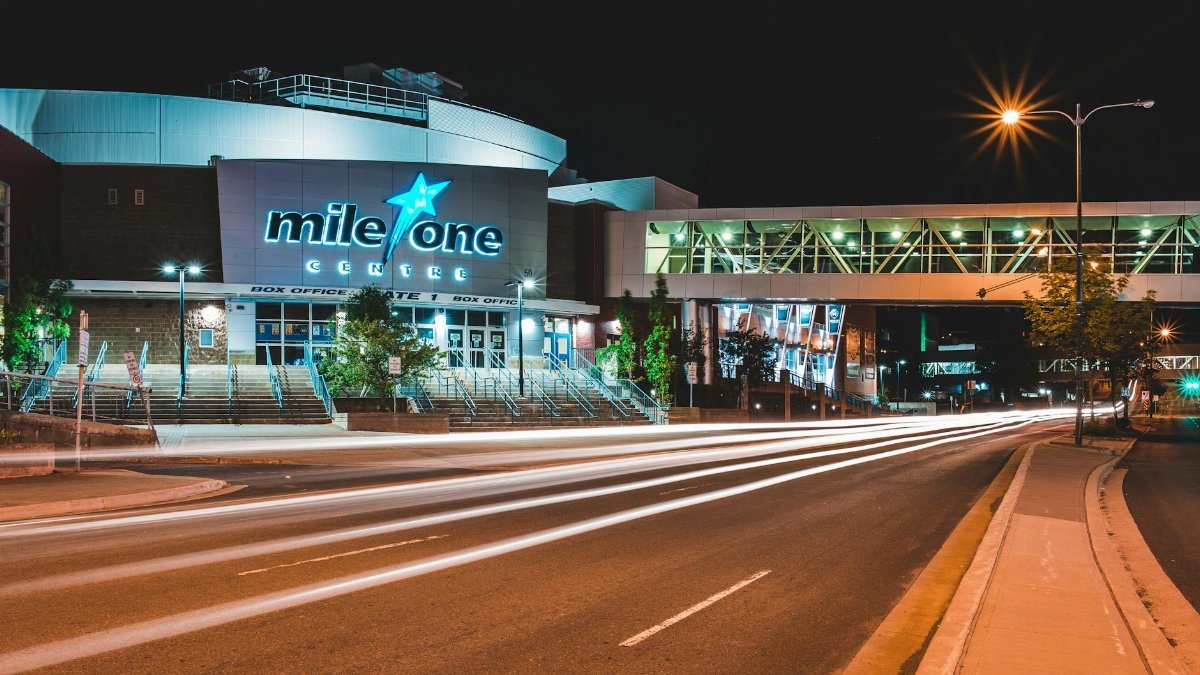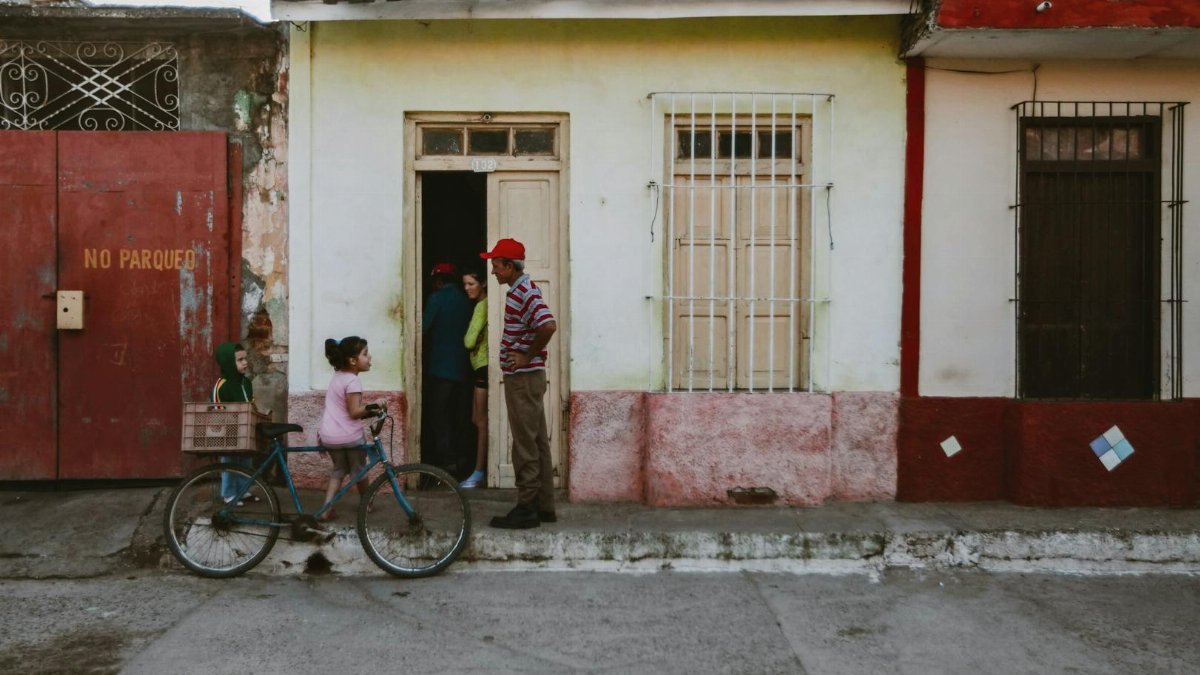Sunlight glinted off a row of bicycles parked outside a modest community center in Boise, Idaho, as a small group gathered to check out rides for the afternoon. The air buzzed with quiet anticipation, a sense of ease settling over the scene. This wasn’t just about borrowing a bike; it was about tapping into something deeper—a phenomenon some call “bike library calm.” For many in small cities across the U.S., these shared bike programs are becoming unexpected havens, offering not just a way to get around but a chance to slow down, connect, and reclaim a piece of mental clarity. Far from the hustle of urban centers, bike libraries are carving out a unique space in community life. They’re redefining mobility while fostering a subtle, often unspoken, sense of peace. How did this quiet revolution start, and why does it resonate so strongly now?
The Roots of Bike Library Calm

Community bike libraries, at their core, are simple: local hubs where residents can borrow bicycles for free or a small fee, much like checking out a book. The concept emerged in the early 2000s, with programs like the one pioneered in Portland, Oregon, gaining traction as a sustainable alternative to car-centric travel. But in smaller cities—think places like Asheville, North Carolina, or Missoula, Montana—these initiatives carry a different weight. Here, where public transit options can be sparse, a bike library often fills a practical gap. Yet, beyond utility, there’s an emotional undercurrent. Residents describe a release when they pedal away, a break from digital overload or daily stress. It’s not just about the ride; it’s about reclaiming a slower rhythm, even for an hour. This bike library calm, as locals often phrase it, feels like a small act of rebellion against the grind.
Take Missoula’s Free Cycles, a program that’s been running for over two decades. It started as a way to recycle old bikes but evolved into a community lifeline. Participants don’t just borrow; they often stay to chat, tinker, or volunteer. That lingering connection, paired with the physical act of cycling, seems to ground people in a way that’s hard to quantify. Studies back this up—research from the Centers for Disease Control and Prevention shows that even moderate physical activity like biking can reduce anxiety by up to 20% in a single session. Small cities, with their quieter streets, amplify this effect.
A Mental Health Lifeline on Two Wheels

Why does biking in these shared programs feel so restorative? Part of it ties to the science of movement. When you ride, endorphins kick in, and cortisol—the stress hormone—drops. A report from the Harvard T.H. Chan School of Public Health highlights that regular cycling can cut the risk of depression by as much as 17%. But bike libraries in small cities add another layer. Unlike crowded urban bike-share systems, these programs often come with a personal touch—volunteers who know your name, or a handwritten logbook instead of an app. That human element fosters a sense of belonging, a quiet antidote to loneliness that’s often overlooked.
One resident of a small Midwest town shared a telling moment. After a rough week, they borrowed a bike from their local library and rode along a nearby trail. “It wasn’t about going anywhere,” they said. “It was just… being. No phone, no rush. I hadn’t felt that still in months.” This echoes a broader sentiment. In an era when mental health struggles are climbing—over 20% of U.S. adults reported anxiety or depression in 2023, per the National Institute of Mental Health —bike library calm offers a low-barrier way to reset. It’s not therapy, but it’s a start.
Building Trust, One Ride at a Time

Bike libraries do more than soothe individual stress; they stitch communities together. In small cities, where social ties can fray under economic strain or geographic isolation, these programs create natural gathering points. Think of a place like Burlington, Vermont, where the local bike library doubles as a repair workshop. Neighbors meet while fixing a flat tire, swapping stories over greasy hands. It’s not orchestrated networking; it’s organic. And that matters. A study by Pew Research Center found that only about a third of Americans know most of their neighbors today, down sharply from decades ago. Bike libraries, in their small way, push back against that drift.
The trust built here isn’t just anecdotal. When people share resources like bikes, they’re practicing a kind of mutual reliance. You return the bike in good shape because someone else needs it tomorrow. That unspoken pact reinforces community norms, especially in towns where formal social services might be limited. Over time, these micro-interactions—borrowing, returning, helping—add up to a stronger social fabric. It’s bike library calm on a collective level, a shared exhale.
Navigating the Challenges of Scale

Not every bike library story is seamless. Small cities often lack the funding or infrastructure to maintain large fleets. Bikes break down, helmets go missing, and volunteer burnout is real. In some towns, programs have folded after a promising start, leaving residents frustrated. One online account captured the disappointment: a user described their local bike library shutting down due to theft and poor upkeep, calling it “a great idea that just couldn’t stick.” This isn’t uncommon. Without consistent grants or city support, these initiatives can falter under the weight of logistics.
Yet, solutions are emerging. Some programs partner with local businesses for sponsorships, while others crowdsource repairs through community “bike fix” days. The key seems to be flexibility—adapting to the town’s specific needs rather than copying a one-size-fits-all model. For those that endure, the reward is worth the struggle. Bike library calm doesn’t come cheap, but it doesn’t have to come at an impossible cost either.
Environmental Wins in Unexpected Places

There’s a practical upside to bike libraries that often gets overshadowed by the feel-good stories: they cut carbon footprints. Small cities might not have the sprawling traffic of metropolises, but car dependency is still high. Encouraging even a fraction of residents to bike instead of drive can make a dent. The Environmental Protection Agency notes that transportation accounts for nearly 30% of U.S. greenhouse gas emissions, and short trips—under two miles—are a major culprit. Bike libraries target exactly those jaunts, nudging people toward a greener choice without preaching.
In places like Davis, California, often dubbed a biking haven, the local library program has logged thousands of rides that might otherwise have been car trips. The ripple effect is subtle but real: less pollution, quieter streets, and a community that feels a bit more livable. Pair that with the personal calm of riding, and it’s a dual win—good for the planet, good for the mind.
A Path Forward for Small Cities in 2025

As small cities grapple with budget constraints and shifting priorities in 2025, bike libraries stand out as a low-cost, high-impact idea. They don’t require massive infrastructure overhauls or tech-heavy investments. A shed, a few dozen bikes, and a committed group of volunteers can get things rolling. But sustaining them will take more than enthusiasm. Local governments could step in with small grants, or schools might integrate bike libraries into wellness programs for students and staff. The potential for growth is there, especially as mental health and environmental concerns continue to dominate public discourse.
Imagine a future where every small city has a bike library, not as a novelty but as a staple. Picture a teenager borrowing a bike to escape a tough day, or a retiree rediscovering the joy of a leisurely ride. Bike library calm isn’t a cure-all, but it’s a tangible piece of a larger puzzle. It’s about carving out space—literal and emotional—for people to breathe a little easier. And in a world that often feels relentless, that’s no small thing.
